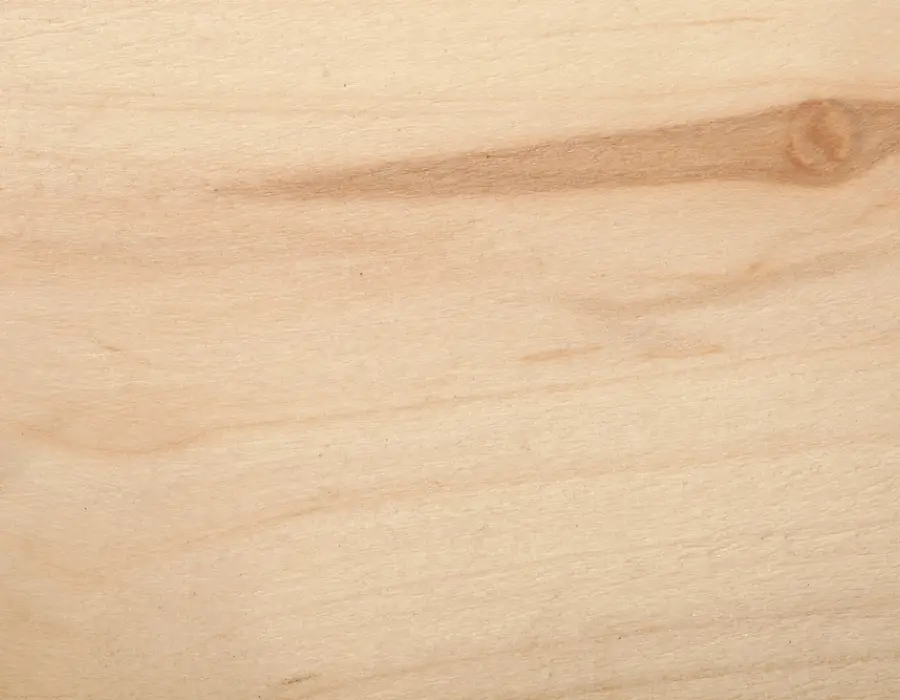When you’re choosing plywood for furniture, cabinetry, or DIY projects, the type of wood you select makes a huge difference in performance, appearance, and cost. Two popular options are aspen plywood and maple plywood. Both have their strengths, but each suits different needs. In this post, we’ll break down their characteristics, uses, price points, and pros and cons so you can make an informed choice.
Introduction to Aspen and Maple Plywood
- Aspen Plywood is made from aspen trees, a lightweight hardwood found mainly in North America. It’s known for its pale color, fine texture, and ease of machining.
- Maple Plywood is made from maple trees, which produce a harder and denser wood. Maple plywood is prized for its durability, smooth finish, and elegant grain pattern.
Both types are available in different grades, thicknesses, and core constructions, but their base wood characteristics define their performance.
Comparison of Characteristics
| Feature | Aspen Plywood | Maple Plywood |
|---|---|---|
| Density & Weight | Lightweight (easy to handle and cut) | Heavier and denser (stronger, sturdier) |
| Color | Pale white to light cream | Creamy white to light brown with subtle grain |
| Grain Texture | Fine, uniform, non-prominent | Smooth with subtle but attractive grain |
| Hardness | Softer (less resistant to dents) | Harder (high resistance to wear and impact) |
| Machinability | Very easy to cut, drill, and sand | Easy to machine but may dull tools faster |
| Finishing | Accepts paint and stain moderately well | Excellent for clear finishes and stains |
Common Uses
Aspen Plywood
- Drawer sides and backs
- Utility shelving
- Painted cabinetry or hidden structural panels
- Lightweight furniture
- DIY projects where ease of handling matters
Maple Plywood
- Premium cabinetry and furniture
- Countertops and tabletops
- High-end millwork and architectural panels
- Decorative wall panels
- Flooring underlayment where strength matters
Price Comparison
- Aspen Plywood: Generally more affordable. Depending on thickness and grade, prices can range from about ₹70–₹110 per square foot (in India) or $30–$60 per 4×8 ft sheet in the U.S.
- Maple Plywood: More expensive because of its density and premium look. Prices typically range from ₹110–₹180 per square foot or $60–$120 per 4×8 ft sheet.
Price will also vary by region, grade (A, B, C), and whether it’s domestic or imported.
Pros and Cons
Aspen Plywood
Pros
- Lightweight and easy to handle
- Smooth and uniform for painted finishes
- Generally less expensive
Cons
- Softer and less durable
- Not ideal for heavy load-bearing applications
- Takes stain unevenly compared to maple
Maple Plywood
Pros
- Hard, durable, and long-lasting
- Beautiful natural grain and takes stain or clear finish well
- Stronger for structural and high-traffic uses
Cons
- Heavier, harder to cut for beginners
- More expensive
- Can dull tools faster during machining
Which One Should You Choose?
- Choose Aspen Plywood if you’re working on lightweight furniture, drawers, or painted cabinetry where cost and ease of handling matter more than hardness.
- Choose Maple Plywood if you’re making premium furniture, cabinetry, or decorative panels where durability and appearance are priorities.
Conclusion
Both aspen and maple plywood are excellent choices, but they serve different purposes. Aspen is your go-to for affordability and ease of use, while maple excels in strength, durability, and aesthetics. Understanding your project’s requirements will help you pick the right plywood and achieve the finish and performance you want.

